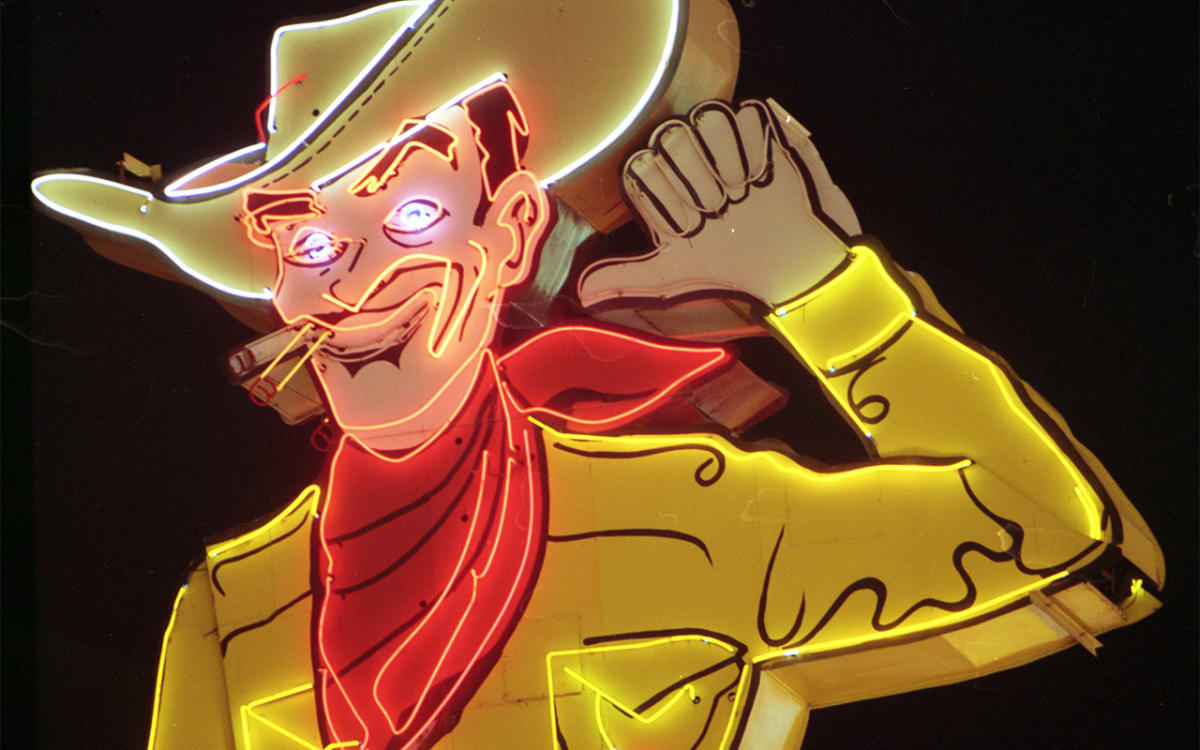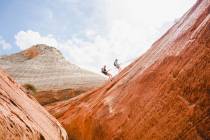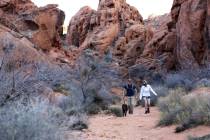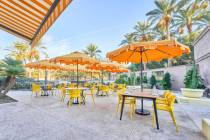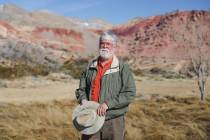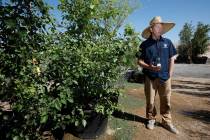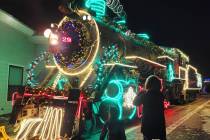If what happened in Vegas really stayed in Vegas, it would be bad news for the tourism industry. Las Vegas wants others to know it’s here, and for more than a century, it’s been coming up with clever ways to sing its virtues to the world. For much of that time, it sang in a cowboy hat, pitching a return to a Wild West Vegas that never was.
In 1904 and 1905, J.T. McWilliams and the William A. Clark-Union Pacific team advertised opportunities in their new townsites. The Clark Townsite, which we now know as downtown, pulled ahead, thanks to water rights, a fire in the McWilliams Townsite, and a combination of money and muscle. A Board of Trade started promoting Las Vegas, a job that soon became the purview of the aptly named Las Vegas Promotion Society.
By 1911, a new organization, the Las Vegas Chamber of Commerce, was born, and Las Vegas called itself the “city of destiny.” The destiny that Las Vegans foresaw at the time included mining (it’s the Silver State, after all, and mining had proved successful in nearby towns), agriculture (Mormon missionaries, Octavius Gass and Helen Stewart all had enjoyed some farming and ranching success) and medical tourism (at a time when doctors sent tuberculosis patients to warmer climates, Las Vegas hoped to cash in). 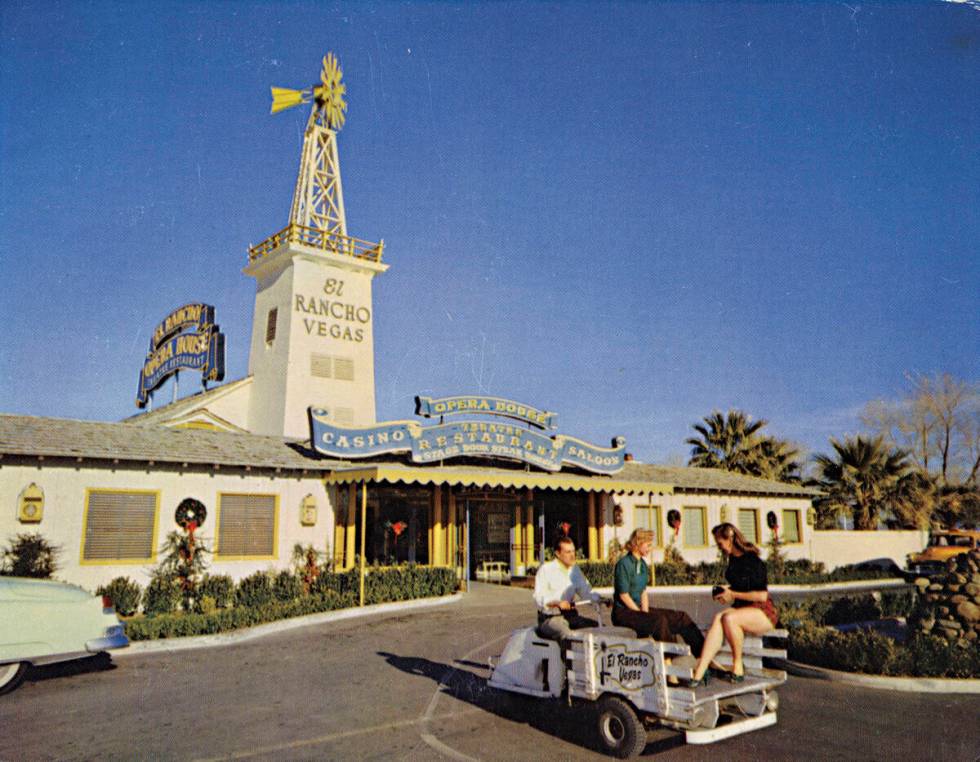
In the late 1920s and 1930s, Las Vegas proudly advertised itself as “The Gateway to Boulder Dam,” then to Hoover Dam. Meanwhile the Chamber of Commerce and local leaders started pitching Las Vegas as a thing it had never been. “Still a Frontier Town,” postcards proclaimed, suggesting an Old West past that visitors could see for themselves.
In the 1930s, the annual Western-themed Helldorado Days festival began as a marketing tool, but evolved into a central part of the local community’s identity. After the legalization of gambling in 1931, the Old West was baked into the names of new casinos: Apache, Frontier, Pioneer, El Cortez. Nor was it a coincidence that the first two hotels on the developing Strip in the 1940s suggested a western ambience: El Rancho Vegas had its Roundup Room and eventually the Chuck Wagon Buffet. The Hotel Last Frontier had steer horns on the beds and saddles for barstools and was home to the Last Frontier Village, full of old-western memorabilia (some of it is now at the Clark County Museum).
By 1949, the Chamber had created the Las Vegas News Bureau, which became central to creating a post-Wild West image for Las Vegas. Its staff worked closely with hotel publicists to generate photos and film clips. Celebrities played along — Elvis and Liberace switched instruments for one video, and Mickey Rooney pulled a rickshaw in another photo. The Sands pool became the site of a floating crap game, evoking the hit musical Guys and Dolls, and the guys in the Rat Pack were regular subjects. News Bureau photographer Don English snapped an iconic shot of a mushroom cloud rising between downtown casinos. Celebrities mingled at Lake Mead and went into the desert for photo shoots.
The iconography of glamour, spectacle and escape supplanted saloon doors and spurs. But the legend of the West never really stopped selling: Since 1985, our city has been home to the National Finals Rodeo, and as anyone who’s brought their boots to Las Vegas in early December can attest, Vegas still sits high in the saddle. ◆
Michael Green is a professor of history at UNLV.



